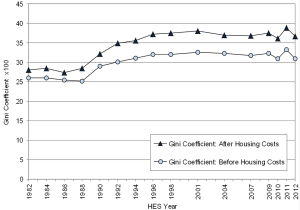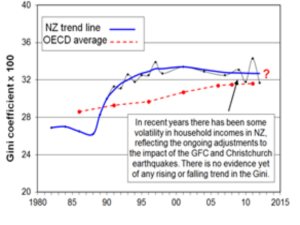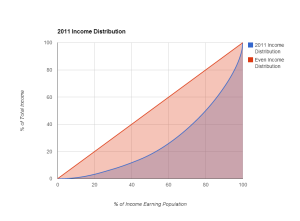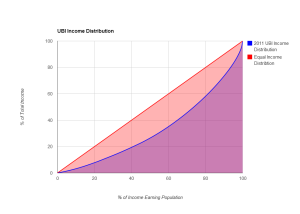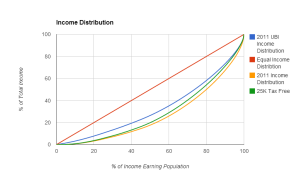I recently read the proposed amendments to freshwater management in NZ. Those amendments demonstrated a clear intention by the government to allow increased pollution of freshwater in NZ. It just needs an economic justification.
They are trying to do it by using aggregate measures which means some water bodies can become highly polluted provided they can be offset by unpolluted water. They also intend to constrain regulation by economic justifications. What this means is that you can pollute if it is not economically viable to stop. It is also OK to pollute providing the water can be used for recreation purposes such as sports like water skiing or rowing. That does not include swimming or drinking. It takes no account of other natural users of the water such as fish, birds and animals. Unless it is a cow as that is an economic unit. These very are toxic ideas.
There is no good reason why pollution of water is acceptable. Economic reasons are not good reasons to pollute the environment which is the current and future generations life support systems. If your business is not economical to run without harm to the environment then it is not a viable business.
Below is the guts of the submission
Having regulations in place that minimise human activities impact on the environment is critical to New Zealand’s future in a number of ways including its pure brand and having quality resources for future generations. Maintaining the quality and quantity of freshwater in New Zealand is part of that.
A minimum standard is all that will be achieved by commercial interests. That standard for all water bodies should be within natural variations of freshness as scientifically determined. Freshwater should be just that. If it is contaminated then it is not fresh. Contamination includes extra heat and any pollutants that move it away from fresh. Fresh condition is as it would result from rain if not polluted by human activity. The contaminator is responsible to not contaminate. The councils are responsible to enforce and advise on how to achieve freshwater quality when it is used in human activity.
There is no acceptable reason why any water should enter the environment polluted by human activity. An aggregate measure of freshness of water quality means that some water bodies can be highly polluted while others are not. I would object to the concept of aggregation of quality and quantity measures for an area.
Recognising that water is required for human and industrial purposes it is the users (those benefitting from the use) that must ensure that the water when returned to the environment is contaminant free and in fresh condition.
Levels and quality of water should not very significantly from the natural cycles. The allowable variation will need to be scientifically determined locally at the expense of the applicant. Changing these will impact on the environment which needs to be maintained.
It may be necessary for high level users to develop their own catchments independent of natural ones to collect sufficient water and recycle that water but any such development would need to be checked to ensure that there was minimal environmental impact.
It is recognised that some human and industrial usage is not complying with these constraints. Such users will need to be managed such that they come under constraint within a certain time frame. Failure to do so will result in loss of rights to use the water and ability to carry out the activity.
Using an economic justification for pollution or inability to meet freshness requirements is not acceptable. It may never be economically justifiable or the time frame would be unacceptable. This means that the activity clearly is not sustainable so should be halted or constrained until a means is developed to use the water in a managed and sustainable way.
Pollution is simply externalising the costs to future generations and in some cases to current society. It is the government’s responsibility to protect and enforce the protection of future and current generations’ interests and the environment on which they depend. Fresh water is a fundamental and non-negotiable right and need of people and the environment.
This submission does not address the specific questions, as that is the domain of experts and those paid to do the work. I would expect that they will be able to answer the questions based on this submission. However it does outline principles that as a citizen I would expect a government to uphold. Again in summary
- Fresh is fresh for any water body, not in aggregate.
- Users are responsible to ensure that fresh water is returned to the environment in natural (fresh as in rainwater) quality and quantity. That is a minimum. Anything less is pollution.
- It is not acceptable to externalise costs to future or current generations of society or parties other than the users and those that benefit.
- Economic constraints and justification are unacceptable for pollution.
I would hope the minister would send the proposal back for redrafting to ensure the above principles are applied.
Yours sincerely and hopefully (of good governance)
Flip
PS Pages related to the proposed amendments
https://www.greens.org.nz/takeaction/submissionguides/rivers-are-swimming
http://blog.greens.org.nz/2014/01/31/help-save-our-rivers-make-a-quick-submission/
